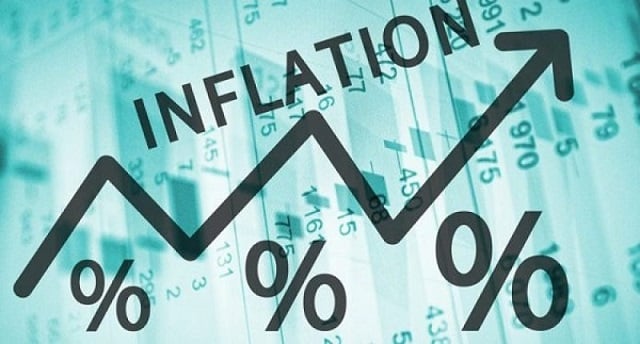Ghana’s inflation rate experienced a marginal decline in January 2025, easing to 23.5 percent from December 2024’s 23.8 percent, as reported by the Ghana Statistical Service (GSS). While this slight dip offers a glimmer of hope, the overall inflation rate remains significantly high, indicating continued economic pressures and challenges for consumers and businesses alike. The Consumer Price Index (CPI), a key indicator of the average change in prices paid by urban consumers for a basket of consumer goods and services, stood at 252.6 in January 2025, compared to 204.5 in January 2024. This substantial increase reflects the persistent rise in the cost of living over the past year. The month-on-month inflation, which measures the change in prices between consecutive months, was recorded at 1.7 percent, indicating a relatively stable price level within the month of January.
A deeper analysis reveals the persistent pressure from food prices. Food inflation, a crucial component of the overall inflation rate, stood at 28.3 percent in January 2025, representing a 2.06 percent increase compared to the previous month. This sustained high level of food inflation continues to exert considerable strain on household budgets, particularly for lower-income families who spend a larger proportion of their income on food. The inflationary pressures on food items stem from various factors, including supply chain disruptions, rising input costs for agricultural production, and potential impacts of weather patterns on food availability. Addressing food inflation remains a critical priority for policymakers to mitigate the impact on vulnerable populations and ensure food security.
In contrast to the elevated food inflation, non-food inflation remained relatively stable at 20.3 percent in January 2025, registering a more moderate month-on-month increase of 1.4 percent. This suggests that price pressures in other sectors of the economy are less volatile compared to the food sector. The difference between food and non-food inflation underscores the need for targeted interventions to address the specific challenges driving food price increases. Analyzing the components of non-food inflation can further illuminate the underlying drivers of price changes and inform appropriate policy responses.
Examining the origin of goods reveals a disparity in inflation rates. Locally produced items experienced an inflation rate of 25.7 percent in January 2025, while imported items registered a lower rate of 18.4 percent. This suggests that domestic factors, such as production costs, transportation, and local market dynamics, play a more significant role in driving overall inflation compared to the influence of imported goods. The difference highlights the need to focus on strengthening domestic production and supply chains to mitigate inflationary pressures. Understanding the specific factors contributing to the higher inflation of locally produced goods is crucial for developing effective policy measures.
Regional variations in inflation rates further highlight the complexities of Ghana’s economic landscape. The Volta Region recorded the lowest year-on-year inflation rate at 17.1 percent, while the Upper West Region experienced the highest rate at 34.3 percent. Eight out of the sixteen regions reported inflation rates exceeding the national average of 23.5 percent, indicating significant disparities in price levels across the country. These regional variations underscore the importance of tailoring policy interventions to address the specific economic realities of each region. Factors contributing to these disparities may include regional differences in economic activity, infrastructure development, and access to markets.
In conclusion, while the marginal decline in Ghana’s inflation rate to 23.5 percent in January 2025 offers a slight respite, the overall economic situation remains challenging. The persistent high level of food inflation, coupled with significant regional disparities, requires sustained and targeted policy interventions. Addressing the underlying drivers of food price increases, strengthening domestic production and supply chains, and tailoring interventions to the specific needs of each region are crucial for mitigating the impact of inflation on households and promoting sustainable economic growth. Careful monitoring and analysis of inflation trends, both nationally and regionally, are essential for informing effective policy decisions and ensuring price stability in the long term.


